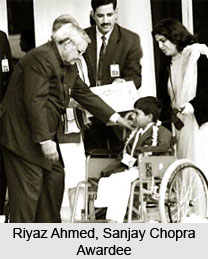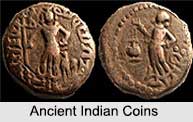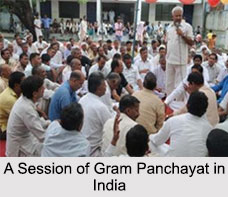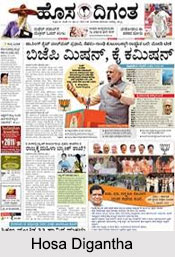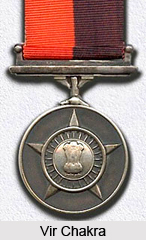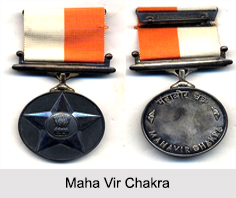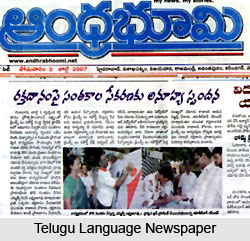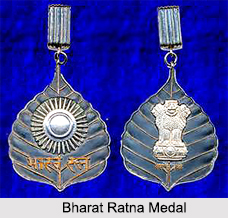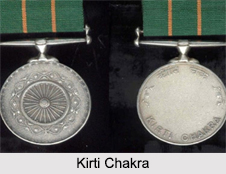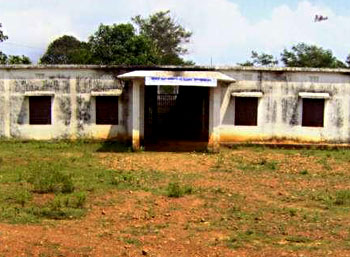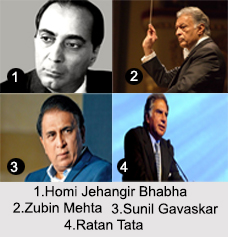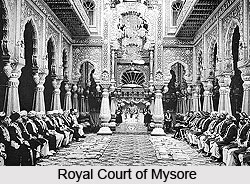 Administration of justice was not under the state purview. Vedic literature nowhere refers to the king as a judge either in civil or crimina1 cases. Crimes like murder, theft and adultery have been mentioned however there is no indication as to whether they were tried or not. It is considered that sabhapati of the later Vedic period may have been a judge. According to Dharma sastras and Arthashastra there has been a well developed judiciary. The king was considered as the fountain of justice. He had to attend court in order to decide disputes. Punishing the offenders was considered as his sacred duty. The thief was to approach the king with a crusher in his hand and confess his offence. If the king did not take the pestle from the hand of the thief and dash his brains as a punishment, it would be considered as neglect of duty.
Administration of justice was not under the state purview. Vedic literature nowhere refers to the king as a judge either in civil or crimina1 cases. Crimes like murder, theft and adultery have been mentioned however there is no indication as to whether they were tried or not. It is considered that sabhapati of the later Vedic period may have been a judge. According to Dharma sastras and Arthashastra there has been a well developed judiciary. The king was considered as the fountain of justice. He had to attend court in order to decide disputes. Punishing the offenders was considered as his sacred duty. The thief was to approach the king with a crusher in his hand and confess his offence. If the king did not take the pestle from the hand of the thief and dash his brains as a punishment, it would be considered as neglect of duty.
As per Dharmashastra and Nitishastra the King should spend around a couple of hours in adjudication. The king would look into important cases only. At time he would delegate the work to the chief justice. Whether a king decides a case perfectly or not, there is no appeal against this decision. The king was expected to be impartial in deciding the cases. He had to decide as per the law else he would be considered guilty. Law was not passed by a legislature. If the law is religious in nature it was regarded as based upon Srutis and Smritis. If it was a secular law it was based upon universal validity and authority.
Pradvivaka or the Chief Justice was a legal personality of repute. He had to be learned in substantive law and the legal procedures. He was also a master in sacred and customary laws. The system of jury was the most interesting feature of judicial system. If the king and the chief justice are not assisted by a panel of jurymen, they could not begin a trial case.
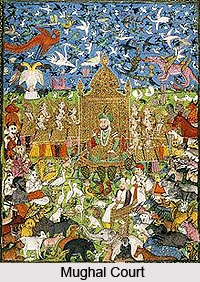 The number of jurors was uneven as it could provide the contingency of a difference of opinion. The jurors were supposed to be impartial and grounded in the law. They are supposed to be exponents of correct legal position. A juror who was silent was condemned. The jurors if necessary should oppose the king`s decision. It was their duty to restrain a wilful king going off track thereby giving wrong decisions.
The number of jurors was uneven as it could provide the contingency of a difference of opinion. The jurors were supposed to be impartial and grounded in the law. They are supposed to be exponents of correct legal position. A juror who was silent was condemned. The jurors if necessary should oppose the king`s decision. It was their duty to restrain a wilful king going off track thereby giving wrong decisions.
The king is to be guided by the verdict of the jury. In exceptional cases where the jurors were unable to decide then the King needs to give his verdict. According to the Smritis the jurors should be Brahmanas. In order to execute the functions of juror one should have knowledge in sacred law. However regarding the disputes among the cultivators, merchants and foresters knowledge of sacred law is not required.
When kingdoms became extensive subordinate royal courts began to be constituted for important towns and cities. They were often located in the headquarters of territorial divisions, like Sthana, Dronamukha and Kharvatika. These courts functioned under the authority of the royal seal and were called mudrita later. Circuit courts also existed.
Along with official courts there were several popular courts. Disputes regarding the boundaries were to be settled by the village elders.
The Kula court was an informal body that consisted of family elders. The term Sreni denotes the courts of guilds. The Puga court of Yajnavalkya consisted of members belonging to different castes and professions. However they were staying in the same village or town. Puga court was later known as Gota court in Maharashtra. In the state of Karnataka it was known as Dharmasasana.





